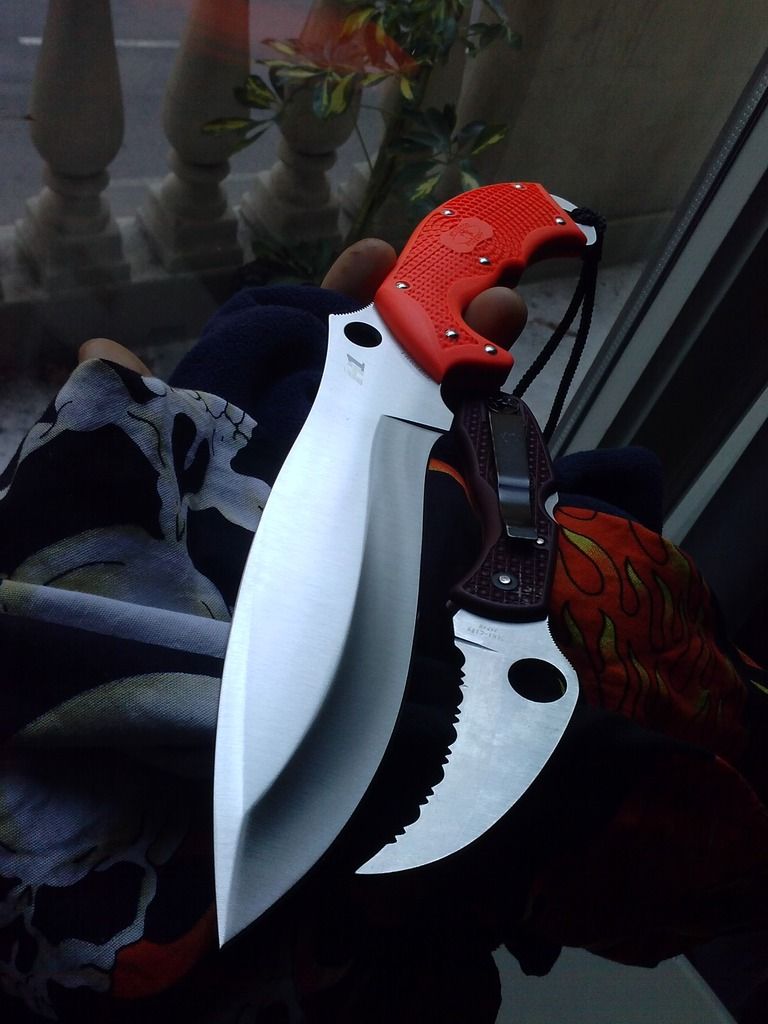Mike Blue wrote: ↑Fri Oct 30, 2020 2:23 pm
bdblue wrote: ↑Sat Nov 26, 2016 8:07 pm
.....
......
There are a variety of legends/myths about edge packing that are based on the idea that finer grain along the edge of a blade can be achieved with forging. This is an observable and repeatable phenomena. Common sense would dictate that pushing the atoms of steel closer together should result in nuclear fallout. Since this is not observable around forge shops or Larrin hasn't written about it yet, it's probably not true for that part. Grains do get smaller through a falling heat with mechanical stimulus though.
I really don´t know to what extent the following relates to what you´re saying, but since I am interested in ancient history, I thought I´d bring up the surprisingly hard edges of bronce age swords (so starting at about 1700 b.c.)
(I am well aware: Bronce is not steel, and H1 is not work hardened by actually hammering it!)
This vid
https://youtu.be/ngjMtzJ6xgQ about the pretty famous Ewart park swords (around 800 b.c.) is really interesting and covers how they
work hardened the edges by forging/hammering them.
- At around 1:45 the maker of the reproduction sword starts talking about this
-
At around 2:10 he talks specifically about the work hardening of the edge
-
At around 2:45 he talks about how he artifically bends and straigthens again the blade to
work harden it
-
From around 3:10 to 3:40 he talks again about work hardening the blade by hammering it
Then the sword gets tested pretty hard by another guy, starting at around 3:40
-
From 5:15 to about 7:00 they cut through a dry birch (so pretty hard wood): The blade bends several times, which shows how soft the bronce generally is, but the edge is hard enough through work hardening to actually still somewhat cut paper afterwards
-
At 08:50 the sword cuts into a wooden shield pretty well
- And from 10:40 to 11:30 one can see that bronce still can´t be a match for steel
- At 12:15 a conclusions starts
